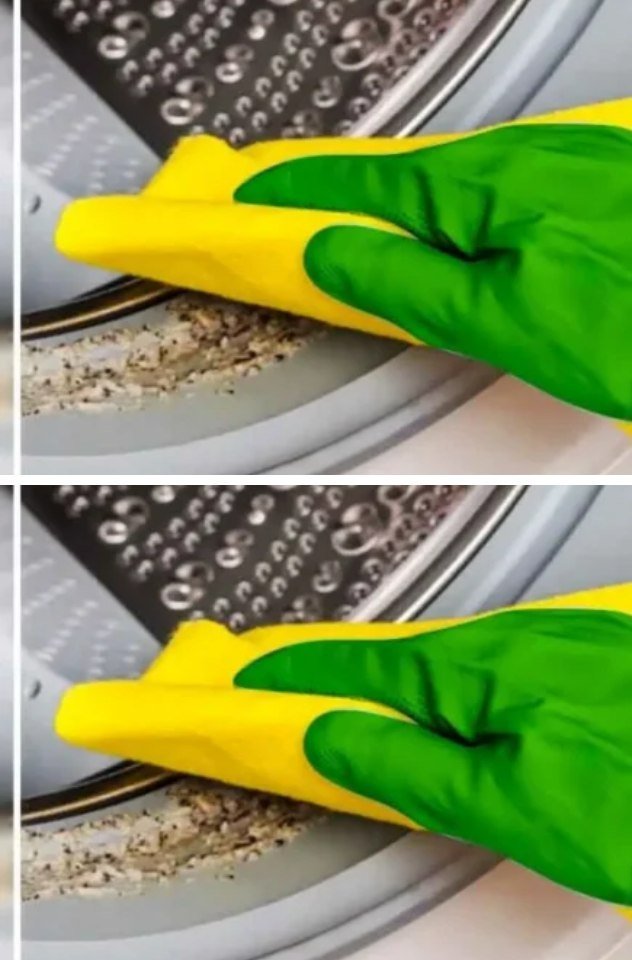Like any household appliance, the washing machine also requires regular maintenance. This not only increases washing efficiency, but also makes the devices durable and limits energy consumption. Learn how to clean the inside of your washing machine to avoid a high electricity bill.
Dirt and limescale deposits covering your washing machine not only affect the lifespan of your appliances, but also your laundry by leaving stains. Plus, they increase the electricity bill.
Washing machine – Source: spm
Why does a large washing machine consume energy?
The water used by the washing machine is hard water, that is to say rich in minerals such as calcium and magnesium, responsible for the formation of limescale. Using hard water causes limescale deposits in household appliances such as washing machines or dishwashers. And since limestone is a good thermal insulator, it takes longer to heat the water, leading to excessive energy consumption. In addition, a single millimeter of limescale deposit on the resistance of a device is enough to increase energy consumption by 16%. Additionally, if the heating element in a washing machine is small, it can overheat and cause malfunctions.
Limestone resistance of a washing machine – Source: spm
Continued on next page

